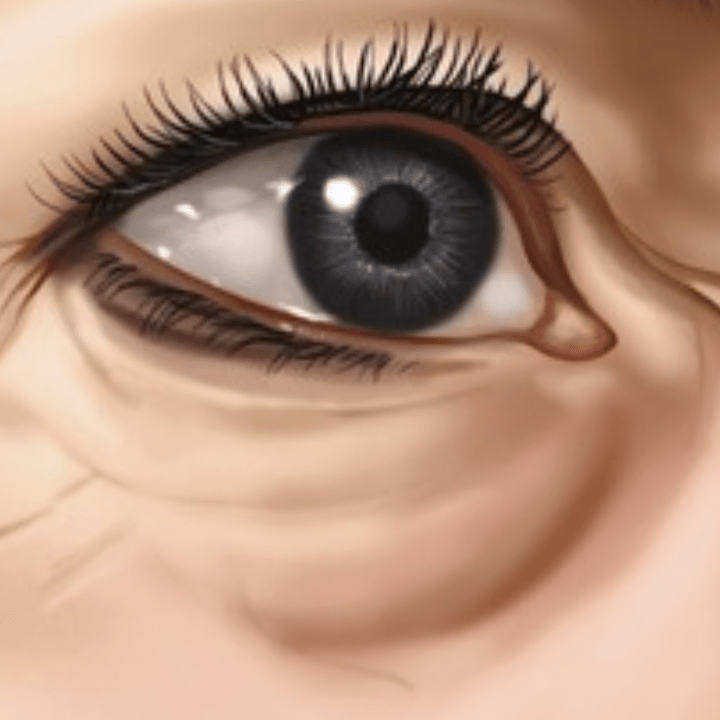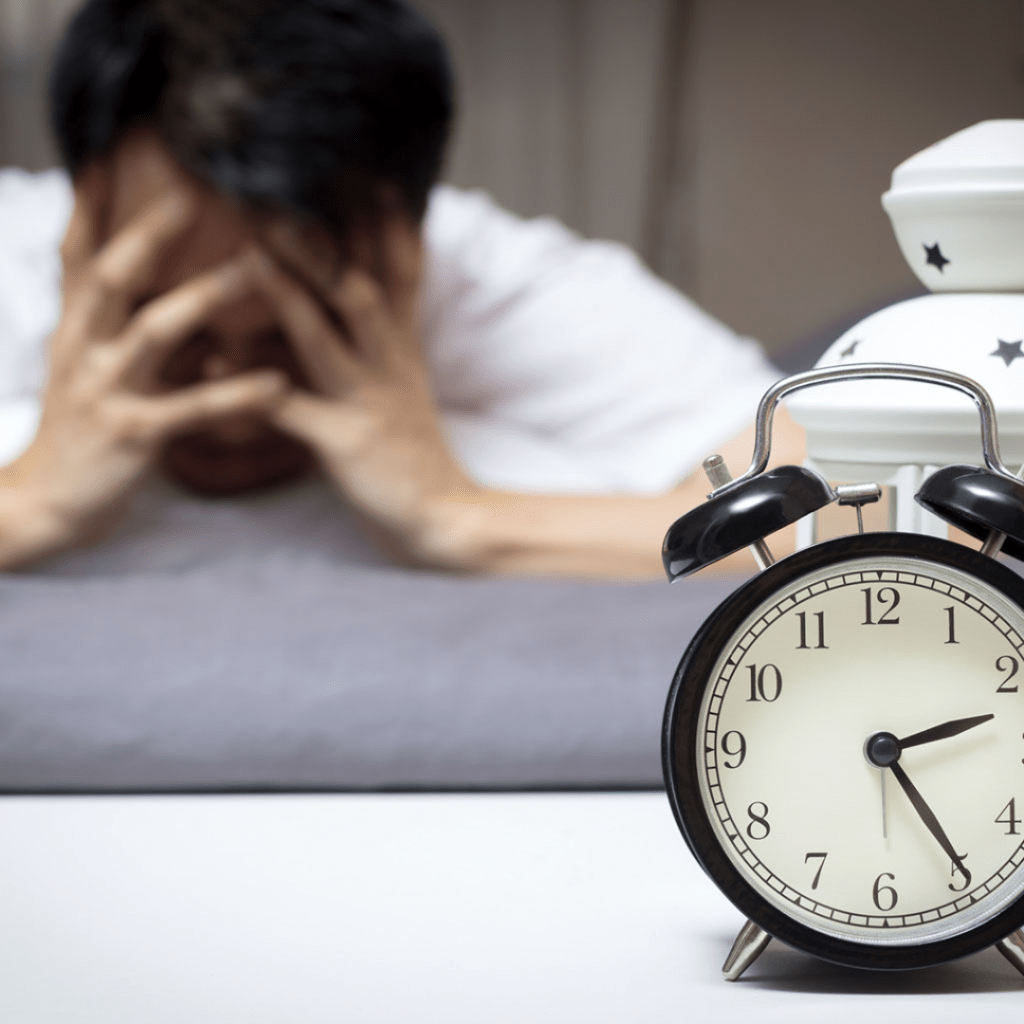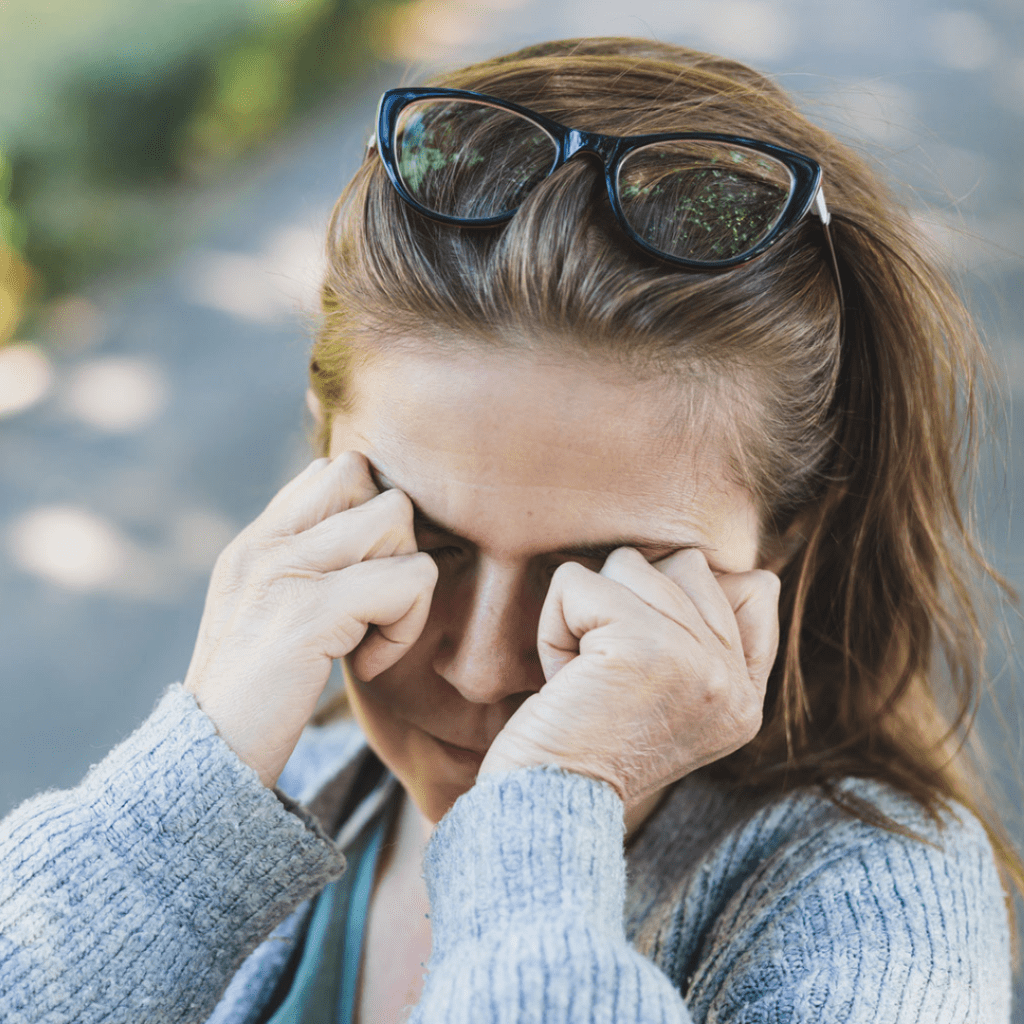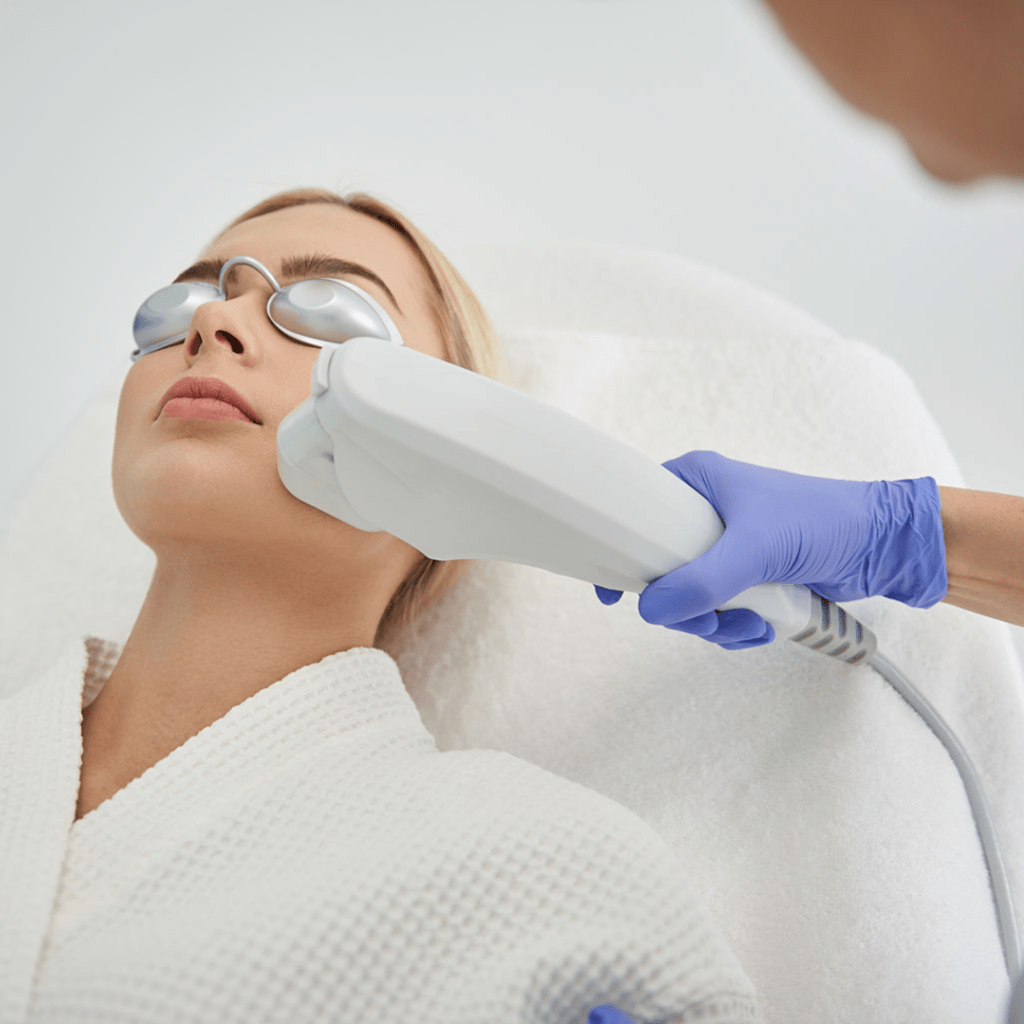Individuals who suffer from under-eye dark circles may find them quite bothersome. It is more of a cosmetic concern than a medical problem. A variety of treatments can alleviate this issue, including eye creams and cosmetics, but laser or surgery provide a more long-lasting and effective solution.
Under-eye dark circle is often accompanied by under-eye bags. This makes the person look tired or sleep-deprived.
CAUSES OF UNDER-EYE DARK CIRCLES:
There are both hereditary and acquired causes of under-eye dark circles. The hereditary causes are more difficult to treat, while some acquired causes can be dealt with simple lifestyle modifications alone.
Hereditary:
01. Genetically dark under-eye skin: In contrast to acquired causes, when only the under-eye dark circle is present, inherited causes also produce pigmentation of the upper eyelid.

02. Facial bone structure: People who have deep-set facial bones tend to have dark circles under their eyes. A hollow depression, known as tear trough, between the lower eyelid and upper cheek is usually indicative of this type of bone structure. The protruding brow bone casts a shadow below the eyes which appears darker than the surrounding skin.
03. Thin under-eye skin: There are blue veins beneath the skin, and if the skin overlying the veins is thin, this will make the undereye skin appear darker than the rest of the face.
ACQUIRED CAUSES:
01. Lifestyle related:

- Less hydration:
- According to general consensus, men should drink around 4 liters of water and women 3 liters, including fluids from food and beverages. Dehydration causes the eyes to become sunken. Because the undereye skin is thin, it appears dark due to the bluish vessels underneath appearing more prominent.

- Lack of sleep:
- CDC estimates that an adult needs at least seven hours of uninterrupted sleep at night. In order to get a quality sleep, one should avoid digital devices one hour before bedtime. This is because the blue light emitted from them adversely affects sleep.
- Symptoms of a poor quality of sleep include fatigue, irritability, constant yawning, and poor concentration. Due to fatigue, the body tries to pull more oxygen into the tissues, causing blood vessels to dilate. Under-eye area appears dark as the dilated veins appear bluish through the thin skin.

- Excessive alcohol:
- Causes vasodilation, dehydration and poor quality of sleep. All leading to increased appearance of dark circles.
- Smoking:
- The carbon monoxide in blood after smoking cigarettes binds more strongly to hemoglobin than oxygen, thus reducing the blood’s ability to transport oxygen.
- Consequently, the heart pumps more blood and vessels dilate to deliver as much oxygen as possible. Dilated veins appear as bluish discoloration under the eye
02. Medication
Oral contraceptives or anti-glaucoma eye drops with prostaglandin analogues have been found to increase pigmentation
03. Allergy:

Constant and vigorous rubbing of eyes causes disruption of tiny blood vessels underneath and leakage of fluid which manifests as dark circles. This is known as post inflammatory pigmentary alteration

04. Sun exposure:
Prolonged exposure to the sun can also tan the undereye skin. Sunglasses and a tinted sunscreen with oxides of iron and zinc are important.
05. Hyperinsulinemia:
Hyperinsulinemia is linked to insulin resistance in type 2 diabetes. Too much insulin in blood causes more melanin production which manifests as dark circles.
06. Hormonal imbalance:
Thyroid diseases causes fluid retention, causing the blood vessels to engorge underneath resulting in dark circles
07. Diet:
Eating too little or taking an unhealthy diet, frequent snacking, or eating more carbs and salt can cause fluid retention. It is therefore wise to eat a diet low in carbohydrates, fats, and salt.
One must also reduce their intake of caffeine and alcohol as they are related to poor quality of sleep.
08. AGE-REALTED:
With advancing age, the skin under the eyes thins, the eyes sink and tear troughs appear, resulting in prominent dark circles under the eyes
09. ANEMIA:
The most common cause of Anemia is iron deficiency. This leads to decreased production of hemoglobin in the body. Hemoglobin delivers oxygen to the tissues. Thus in iron deficiency there is poor supply of oxygenated blood to the tissues. This leads to tiredness, breathlessness, dizziness, pale skin, under-eye dark circles, etc.
HOW TO REMOVE DARK CIRCLES?
Treat the underlying condition first.
Lifestyle changes can address many of the causes listed above, including:
- Adequate hydration
- Good night sleep
- Reduced screen time
- Restricted consumption of alcohol
- Cessation of smoking
- Protection from sun exposure
HOME REMEDIES FOR DARK CIRCLES
Dark circles are difficult to treat. The options include from cold compression to serum and creams to more effective lasers and fillers. Surgery is also an option in individuals having dark circles along with under-eye bags.
At home treatment includes:
COSMETICS AND CREAMS

1. Mineral based foundation:
Can be used to blend the hue of the skin to conceal undesirable darker pigment in the under-eye region. Suitable for anyone with dark circles
2. UNDER-EYE PRODUCTS:
These creams and serum must be applied in a gentle patting manner instead of harsh rubbing. This takes around 4-6 weeks to take effect therefore one must be patient and use it regularly. These are:

a. Retinol or vitamin A: makes skin smooth and even by
- Collagen synthesis
- Decreasing melanin content
- Promoting reorganization of collagen bundles thus improving skin turgor and quality.
Other under-eye cream/serums known to reduce pigmentation:
b. Caffeine based under eye cream:
Caffeine causes constriction of blood vessels which help reduce the appearance of dark circles.
c. Niacinamide
d. Alpha arbutin
e. Vitamin c
f. Kojic acid
g. Tranexamic acid
h. Azelaic acid
To know about the best 5 under eye products for dark circles, click here.
3. Low concentration Hydroquinone:
This is started under doctor’s supervision.
Higher concentrations can lead to permanent hyperpigmentation.
OTHER HOME REMEDIES:
- Cold compresses with a Spoon: Keep a spoon in a freezer and apply it under the eyes for 10-15 minutes.
- Cold compresses with frozen or cold, used green or black tea bags.: Tea has caffeine and tannins which help constrict blood vessels.
03. Under-eye caffeine mask: Make a paste of coffee and little water or rose water. Apply it under eye and leave it for 15 minutes. Wash it off with water and gently dab the area with towel.
MEDICAL TRETAMENT:
For better results, the treatments are often combined. Some may even require a repeat treatment.
The reason behind under-eye dark circles varies from person to person. Thus, a treatment that works for one person might not be effective for another. A dermatologist’s proper evaluation is therefore essential in deciding what type of treatment will be the most effective.
01. Chemical peel: This is a superficial treatment which uses active compounds such as Glycolic acid, Salicylic acid, Trichloroacetic acid (TCA) etc. in low concentration. This exfoliates and improves skin collagen which helps in reducing the appearance of dark circles. This also takes care of fine wrinkles around the eyes
02. Lasers: There are many lasers available in the skin clinic including Q switch laser, Erbium glass laser, and CO2 laser. These lasers are used to improve the quality of the skin by increasing collagen synthesis and reducing pigmentation.

03. IPL(Intense Pulsed Light): This procedure uses light in the range of 500 and 1200 nm and reduces the appearance of blood vessels, breaks down melanin and also promotes collagen synthesis resulting in improved homogenous tone and hue of the skin.
04. Dermal fillers with hyaluronic acid (HA) or fat graft : The fillers are injected at specific points in under eye area that fills up the hollow space between the eyelid and the cheek. This improves the appearance of the shadows that cause the dark circles. Individuals with tear troughs greatly benefit from this procedure.
05. DermaFrac: This procedure combines microneedling the skin by using dermaroller and simultaneously diffusing active compounds for smooth an even skin tone.
06. Platelet rich plasma growth factor: the patient’s blood is extracted and platelet rich plasma is separated. This contains growth factors that is then injected into the under-eye skin to promote collagen and reduce pigmentation and wrinkles.
07. Botox: Individuals who suffer from under-eye dark circles as a result of wrinkles and fine lines are advised to take Botox. The effect lasts for 3-4 months and require retreatment.

08. Surgery called lower eyelid blepharoplasty: If the dark circles is associated with puffy eyes or under eye bags then the reason is anatomic due to weak muscles and fat prolapse.
Blepharoplasty is done under local anesthesia and involves removal and repositioning of under eye fat and improve the under eye appearance.
QUICK SUMMARY:
Under-eye dark circles can be a cause of worry for many. For some, simple changes in lifestyle can bring about huge difference. Some find relief with under-eye creams. While for others, laser and/or surgery are/is their only option. One must therefore consult their dermatologist to reach to the best option to treat their dark circles.
